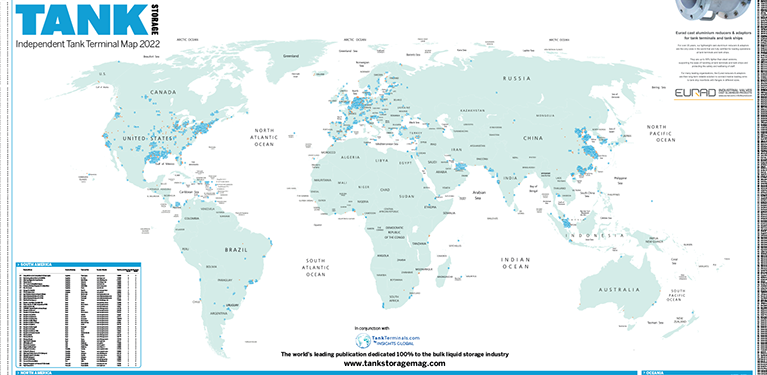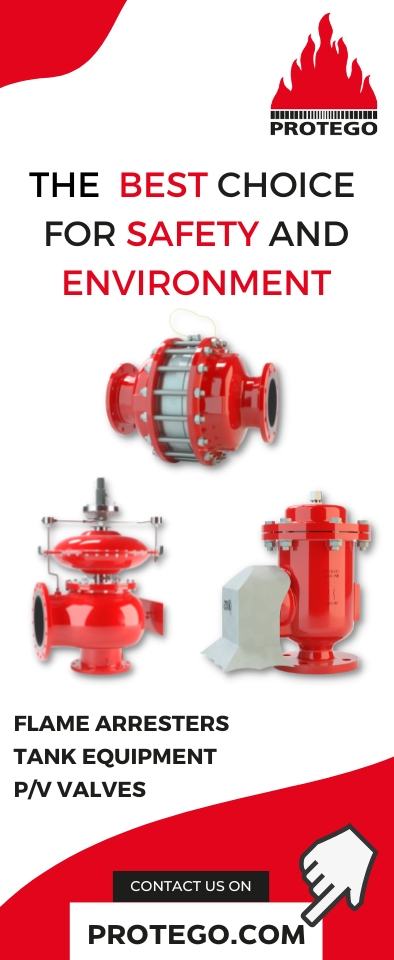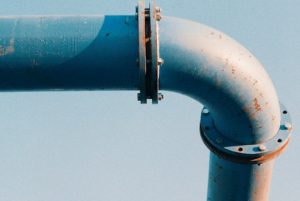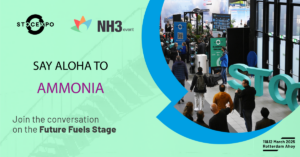With natural gas viewed as the gateway fuel to a lower carbon energy future, including hydrogen at scale, cryogenic processing technology is an important vehicle for the liquefaction of the molecules leading to more efficient storage and transportation, compared with compression and pipelines. Liquefaction is the process that converts gas to a liquid, significantly reducing its volume making it available to transport and store at low pressure in insulated containers. Everyone will be familiar with seeing tankers and trailers on the roadways transporting liquid gases and similarly with the tanks that store them at industrial premises, hospitals, laboratories etc.
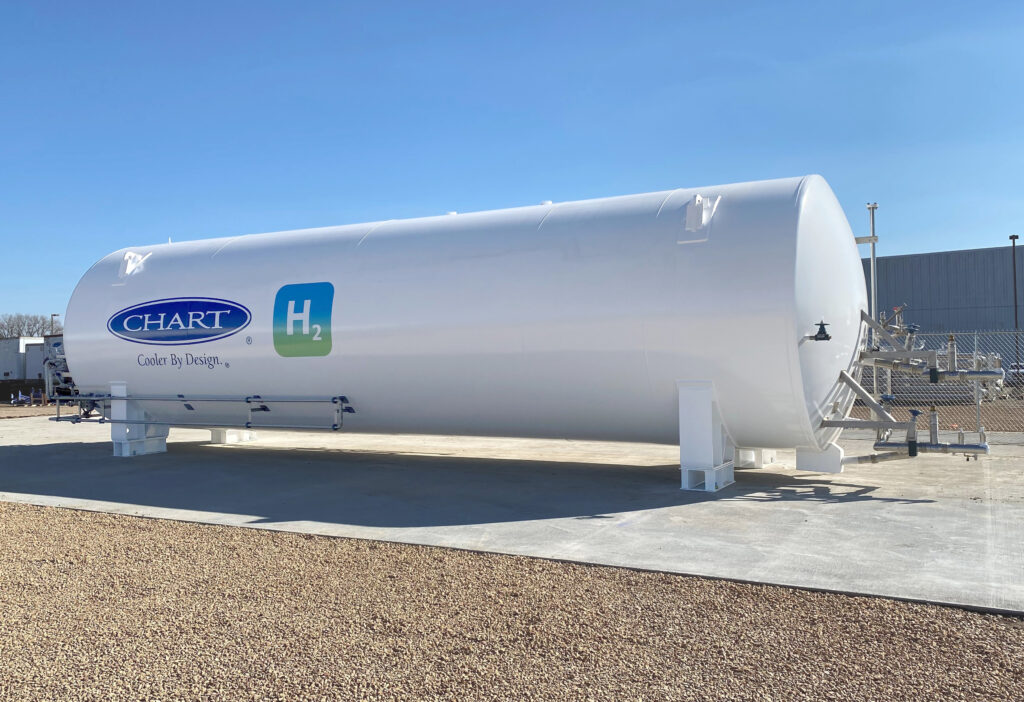 Chart Industries has deep cryogenic expertise and a proven track record with a broad portfolio of complementary products and technologies across the liquid gas value chain – liquefaction, distribution, storage and end-use. What makes Chart unique is its ability to integrate these products, including cryogenic storage tanks, to deliver highly engineered solutions.
Chart Industries has deep cryogenic expertise and a proven track record with a broad portfolio of complementary products and technologies across the liquid gas value chain – liquefaction, distribution, storage and end-use. What makes Chart unique is its ability to integrate these products, including cryogenic storage tanks, to deliver highly engineered solutions.
The Rise Of LNG
With Europe committed to transitioning away from imported pipeline gas, LNG is viewed as a near term solution. However, as well as replacing pipeline gas, LNG also affords the opportunity to provide gas to regions and enterprises that aren’t connected to the pipeline grid. LNG provides energy security during peak times, curtailment of pipeline supply and to supplement renewables when unfavourable climatic conditions don’t generate sufficient supply.
The process of bringing LNG from its source to the point of use is called the virtual pipeline and at end of the pipeline a regasification station incorporating storage, vaporisation, pressure regulation, and control systems, delivers natural gas exactly as if it were from a physical pipeline. They can be configured for any demand requirement and enable businesses, regions and municipalities to transition from diesel, heating oils and other sources, to natural gas. There are hundreds of examples where this has been applied to single businesses and many larger scale examples, including the 80MW power station at Gibraltar that powers the territory.
Cryogenic Tank Technology
Cryogenic storage tanks are available in a range of sizes, nominally from 6,000 to more than one million litres, and can be orientated horizontally or vertically. Each tank is specially constructed to keep the LNG at temperature and provide safe and effective extended storage. Tanks are shop built with a high degree of standardisation making them much smaller than a site built alternative, which means far less site-work, civils and permitting during the installation phase. Standardisation also facilitates modularisation so, just like modular liquefaction, total storage capacity is made up of multiple identical storage modules rather than a single large tank.
The same tank technology is also applied to vehicles used to transport LNG. As highlighted previously, readers will be familiar with seeing trucks delivering liquefied air gases and the solutions for LNG are basically identical. Cryogenic ISO containers facilitate multi-modal transportation, for example road and sea. A perfect example of this solution in action is the mega-watt power station on Madeira Island, which has been operating successfully for many years. LNG is loaded at the import terminal in the Port of Sines and transported to the island in a fleet of ISO containers. A full for empty swap system, where empty ISO containers are collected and returned to Sines for refilling, makes the whole process highly efficient and sustainable.
Chart has been manufacturing equipment for the storage of liquid gases, including hydrogen, for more than 60 years. Therefore, while there is much development required for hydrogen use at scale, its transportation and storage as a liquid can be considered a relatively mature technology, proven through many installations across high-tech manufacturing, aerospace, research, etc. All Chart hydrogen storage and distribution equipment is designed and built in accordance with recognised international pressure vessel codes, including ASME and PED, plus other local codes and regulations pertaining to geography and customer specifications.


